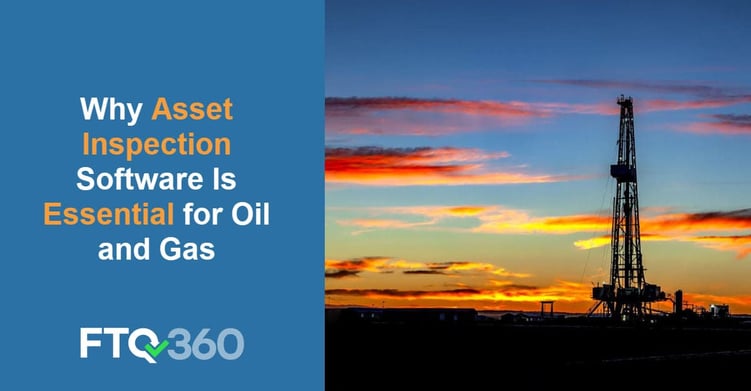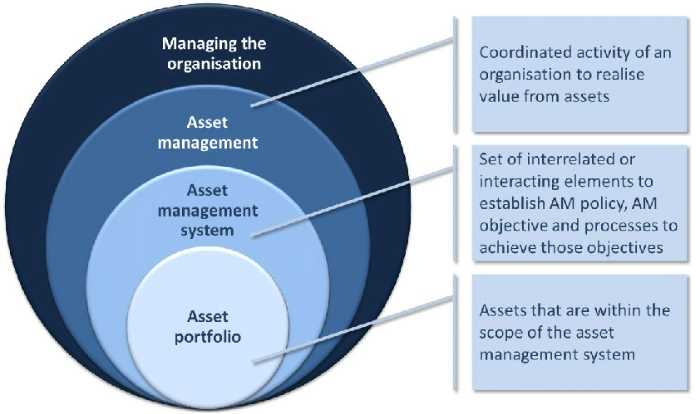
Asset inspection software is essential for regular routine maintenance of both onshore and offshore oil rigs.This software can help you focus on critical systems, manage assets, use accurate data to assess asset performance, eliminate unnecessary tasks, and create reliable inspections that prevent failures.
This article will cover how inspection software is integral to a solid risk management strategy.
The Price of Failure in Oil and Gas
In the oil and gas industry, proper asset management is a key component of risk management and prevents downtime as well as costly disasters. In fact, the price of failure in this industry is incredibly high from both an environmental aspect and from the time and effort needed to remediate failures. Routine inspections have now become the norm and asset inspection management software is the best way to get them effectively done.
When a platform is down, costs of $10,000 per hour can seem steep, but it is a pittance as compared to a disaster. For example, British Petroleum incurred more than $60 billion in damages that included civil and criminal penalties, clean up charges, natural resource damages, and economic claims from the Deepwater Horizon oil spill in 2010.The offshore incident was a result of a string of reckless decisions and missed inspections made by asset managers in the months and years leading up to the disaster.
To prevent such disasters, asset managers must improve their risk management by leveraging a reliable asset management inspection software system.
What Is Asset Inspection?
Asset inspection is a process that helps identify, assess and correct any conditions that may cause machinery, equipment, and installations to fail.
You must inspect equipment, as there is a variety of equipment, machinery, and installations that need to be regularly inspected on an oil rig. These include the rig's derrick, the Blowout Preventer (BOP), and the mud pit. In addition, the pipes that carry oil and gas from the wellhead to the separator also need to be regularly inspected for leaks. Other equipment that you must routinely inspect includes the rig's cranes, winches, scaffolding, safety valves, and firefighting equipment.
Check out FTQ360's Oil and Gas QA/QC:
Part of an asset inspection on an oil rig also includes taking various measurements. For example, inspectors might measure a drilling tool thickness, pump RPM, check the torque of bolts securing a crane. In addition, they might measure the pressure or flow rate of a fluid, the temperature of a heat exchanger, lubricant contamination, temperature, or the take soil samples in an area. By taking these measurements, inspectors can ensure that all equipment is functioning correctly and that there are no potential safety hazards. Some measurements might also be used to calculate reserves or production rates. As such, they play an essential role in ensuring the safety and efficiency of oil production.
What Is an Asset Management System?
Asset management is the coordinated activity to realize value from your assets. An asset management system is a set of interrelated and interacted elements that establish an asset management policy, objectives, and processes to meet these objectives.

(Image source: Researchgate.net)
Inspection software is a critical component of an asset management system in oil and gas, allowing you to proactively identify and resolve potential issues before they cause problems and providing a dashboard that ensures complete visibility and transparency into your compliance requirements. By properly documenting all inspection and testing activities, you can react in a measured way rather than deal with an emergency, ensuring that your rig continues to operate safely and efficiently. In addition, inspection software can help you develop and implement an effective Inspection and Testing Plan (ITP), ensuring that all inspections are completed as scheduled and assigned to the appropriate personnel.
How Do I Choose an Asset Management System?
When choosing an asset management system, there are a few key factors to consider.
- Built-in Inspection Checklists: The system should have built-in inspection checklists. This will ensure that all pertinent information is collected and that nothing is overlooked. Second, the system should allow for easy data collection and verification. This will help to ensure accuracy and compliance with regulations. Also, the system should generate easy-to-read inspection reports. This will eliminate the need for paper records or spreadsheets, which can be cumbersome and difficult to interpret.
- Project Specific Inspection and Test Planning Capabilities: Another critical feature to look for is the ability to create project-specific inspection and test plans. This will allow you to customize the inspection process to your specific needs.
- Cloud-based platform: The asset management system should be cloud-based. This will allow you to access it from anywhere, at any time. It will also make it easy to share data with other team members.
- Real-time issue communication: The system should provide real-time issue communication. This will allow you to quickly and easily identify and resolve problems.
- Consistent QA/QC data: The asset management system should provide consistent QA/QC data. This feature will help ensure that all inspections are carried out in the same manner and that the results are reliable irrespective of who carries out the inspection.
- Powerful analytics: Powerful analytics are essential for tracking and managing assets effectively. The ability to generate accurate reports and insights is critical for making informed decisions about allocating resources. Furthermore, powerful analytics can help identify trends and patterns that may be otherwise hidden. When evaluating asset management systems, be sure to inquire about the system's analytics capabilities.
What Is the Main Advantages of Using Asset Management Software?
The following are the main advantages of asset management platforms in oil and gas:
- Increased safety
- Reduction in equipment downtime
- Easier maintenance and repairs
- Improved production rates
- Reduced operating costs
- Easier asset tracking and management
- Enhanced regulatory compliance
- More efficient use of resources
- Quick identification and resolution of problems
- Powerful analytics
- Custom advantages
- Mobile device accessibility (in some instances)
Asset inspection software will save you unnecessary costs. Paper-based inspection forms used to be the norm but like any other thing today, everything is changing to digital. Thankfully, here at FTQ360, we provide a powerful asset inspection platform for oil and gas.
Our platform offers a wide range of features designed for first-time quality every time. The oil and gas software has everything you need to get the job done right, from our easy-to-use interface to our powerful reporting tools. Sign up for a free demo today and see how we can help you streamline your asset inspections.
![[DOWNLOAD THIS GUIDE TODAY] HOW INSPECTION APPS ARE DRIVING DIGITAL TRANSFORMATION IN THE OIL & GAS INDUSTRY](https://no-cache.hubspot.com/cta/default/3353989/8b58e27f-154e-49a2-beaa-d972aede0717.png)
